Article source: PANews Written by: Isaiah Austin, Bitcoin Magazine Translated by: Yuliya, PANews
Labeling Bitcoin as "digital gold" is a misunderstanding of this revolutionary form of currency. This statement simplifies Bitcoin into an asset with only a storage function, obscuring its deeper technical advantages and financial potential.
Analogy is a common way for humans to understand new things. Faced with the unprecedented concept of Bitcoin, people naturally tend to look for a reference model. Before the general public has a deep understanding of the underlying mechanism of Bitcoin, "digital gold" is undoubtedly an intuitive and easy-to-accept analogy. Bitcoin is scarce, globally applicable, and has a storage function, so it seems natural to be called "digital gold."
This narrative has promoted adoption at the institutional and sovereign level, and was even written into the first paragraph of President Trump's executive order on the establishment of a strategic Bitcoin reserve: "Given its scarcity and security, Bitcoin is often referred to as 'digital gold'."
This is an undeniable achievement. However, if Bitcoin is to realize its true potential, this narrative must be updated.
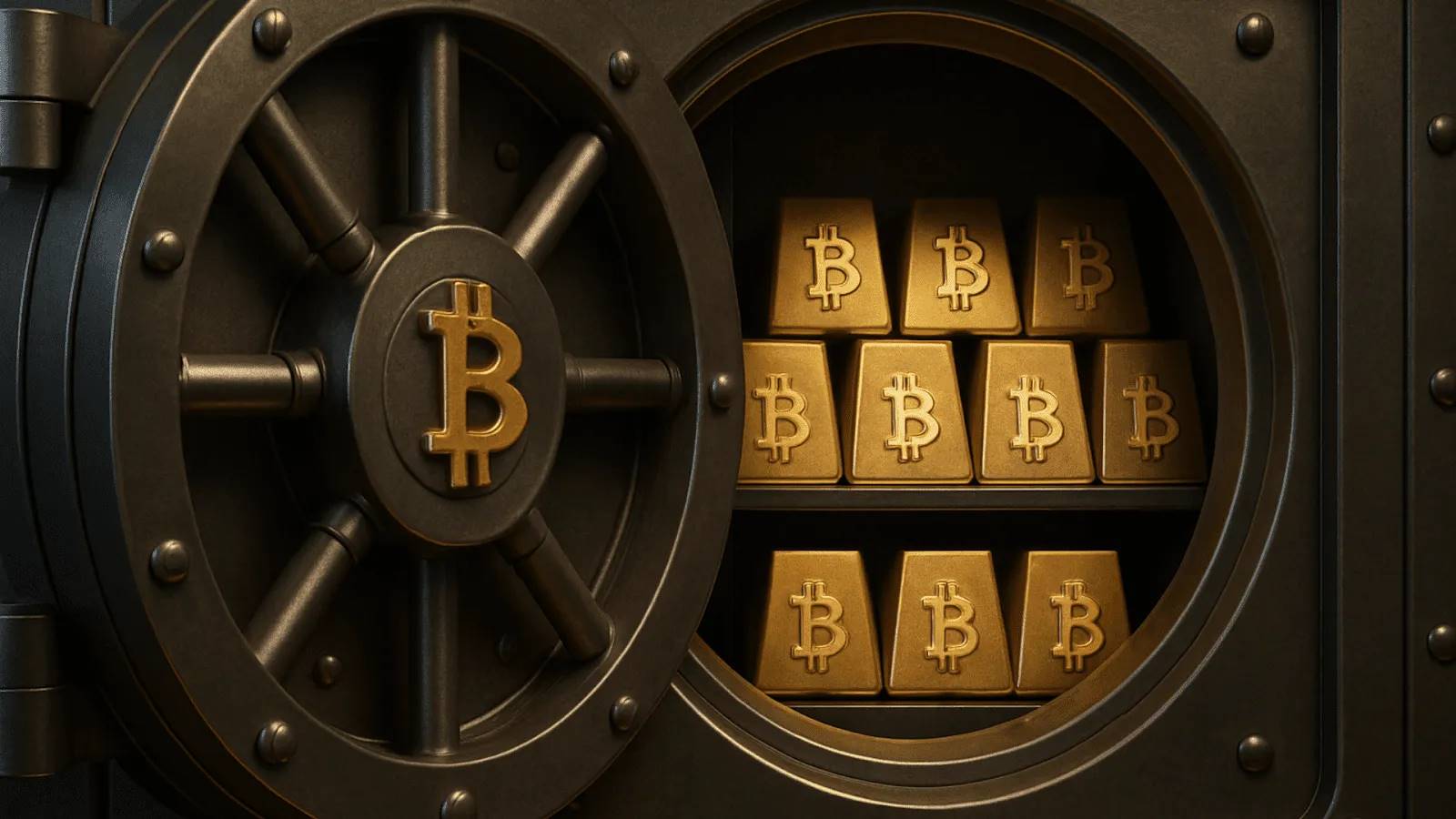
Bitcoin is not "digital gold".
To equate it with gold is to belittle a monetary innovation that has completely disrupted the traditional financial system. Bitcoin's fundamental properties make gold's proud characteristics obsolete, while at the same time it is faster, safer and more decentralized than fiat currencies.
Scarcity and Finiteness
The key to gold's long-standing status as a store of value is its scarcity. Over the past century, annual production of gold has only increased by about 1% to 2%. The difficulty of exploration, coupled with high labor, equipment and environmental costs, makes large-scale production expansion uneconomical.
This naturally formed supply constraint has given gold currency status since 3000 BC. In ancient Rome, the price of a high-end robe was equivalent to the amount of gold required for a tailored suit today, which shows its stable value.
However, in the era of Bitcoin, it is inappropriate to use assets with volatile supply as a measure of value. Bitcoin is not scarce, but "limited". Its total amount is forever locked at 21 million and will not increase due to technological breakthroughs or cosmic mining.
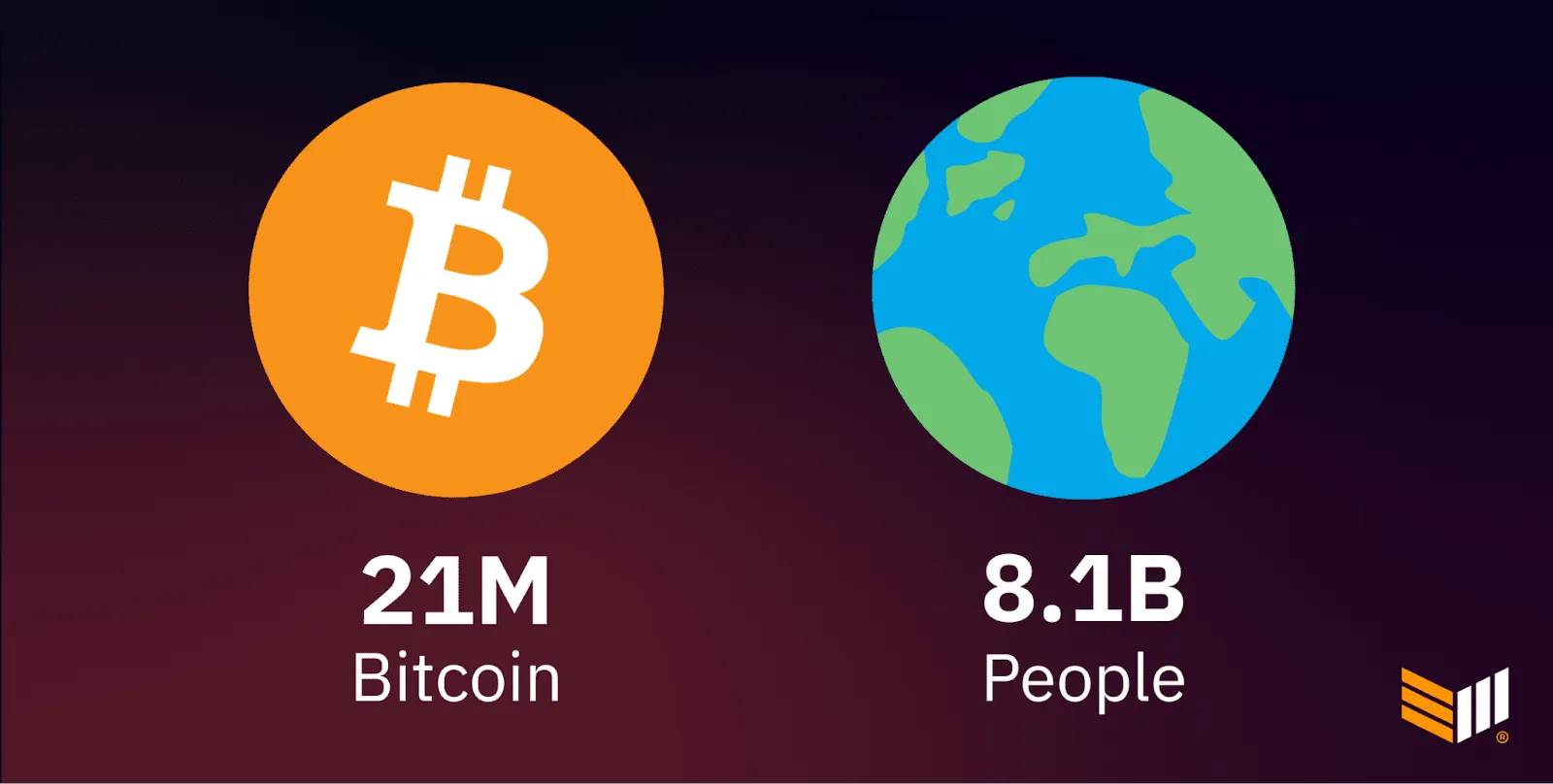
Through mathematical and technical means, for the first time, humans have a fixed total amount of tradable currency, which means much more than "digital gold" can cover.
Differentiability
Gold can be cut, but it is hardly "highly differentiable". This property can only be achieved with saws, laser equipment and precision scales. Therefore, gold is suitable for large transactions, but difficult to use for daily payments.
At current market prices, 1 gram of gold is worth about $108. If you pay for a sandwich with gold, you have to shave off a dime, which is obviously not feasible in reality.
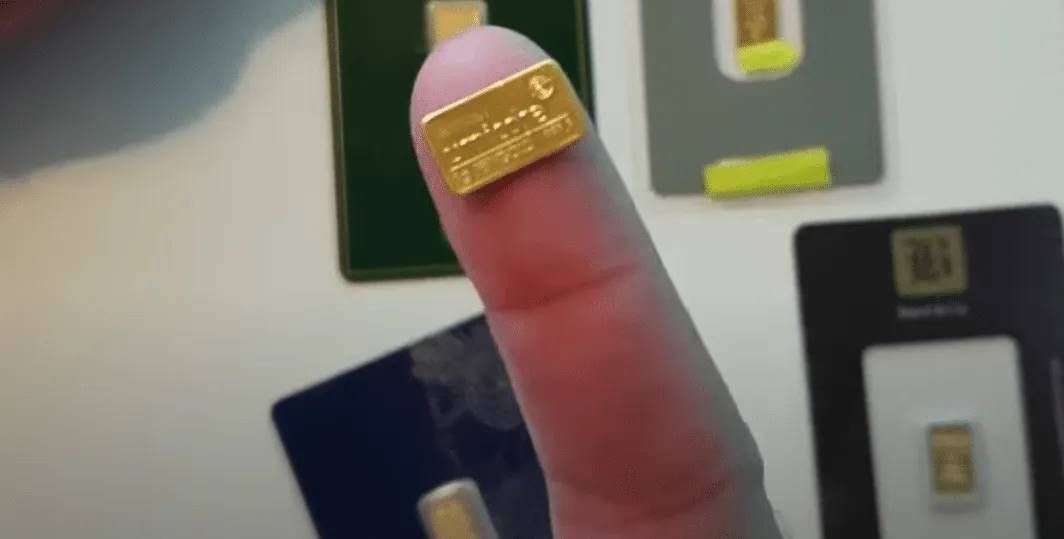
Historically, humans have alleviated this problem by issuing gold coins with a certain metal content. However, this also opened the door to currency devaluation.
For example, the Lydian stater gold coin of 600 BC, issued in Lydia (modern Turkey), was originally minted in electrum (a gold-silver alloy) with a gold content of about 55%.
After the conquest of the Persian Empire in 546 BC, gold coins were gradually doped with base metals such as copper to reduce the gold content. This practice led to a decline in the actual value of the coins, and by the end of the 5th century BC, their gold content was only 30%-40%.
Gold is not divisible as an asset, and this defect has prevented it from being effectively used for a long time in history. In order to conduct small transactions, citizens usually give gold to the government in exchange for 1:1 coins, which often leads to currency dilution and social trust collapse due to the manipulation of power by the elite class.
No gold-based monetary system in history has ultimately avoided depreciation. The actual demand for micro-transactions has forced the public to rely on state-issued paper money and small-denomination currencies, thus losing control of their wealth.
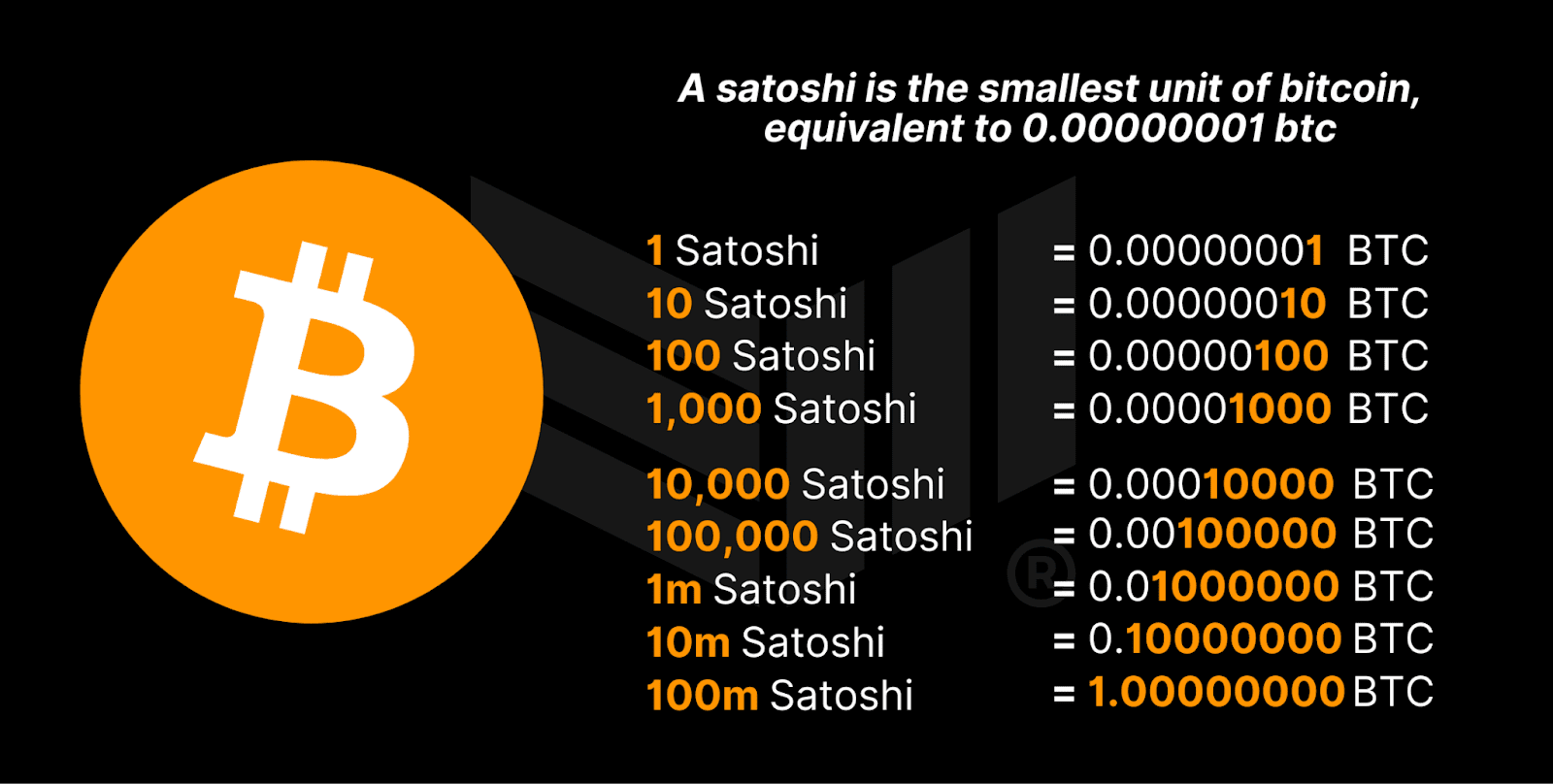
Bitcoin has achieved a fundamental breakthrough in this issue. Its smallest unit, "satoshi", is equal to 1/100 million of a bitcoin. Currently, 1 satoshi is worth about $0.001, and its differential ability has surpassed the US dollar. Bitcoin transactions do not require the help of any institutional or government intermediaries, and users can always trade directly in the smallest unit of account, making it a truly intermediary-free monetary system.
Therefore, in terms of divisibility and unit of account, it is almost a joke to compare gold with Bitcoin.
Auditability
The last time the US government officially audited its gold reserves was in 1974. At that time, President Ford allowed reporters to enter Fort Knox, Kentucky to check the vault, and the results were normal. But this was half a century ago.
To this day, speculation still exists about whether the gold in Fort Knox is still intact. Some time ago, there was even news that Musk would live broadcast the audit process, but this "upcoming" audit soon came to nothing.

Unlike gold, which is rare and has a low frequency of manual audits, Bitcoin's verification is automatic. Through the proof-of-work mechanism, new blocks are added every 10 minutes, and the system automatically verifies the legitimacy of transactions, total supply, and consensus rules.
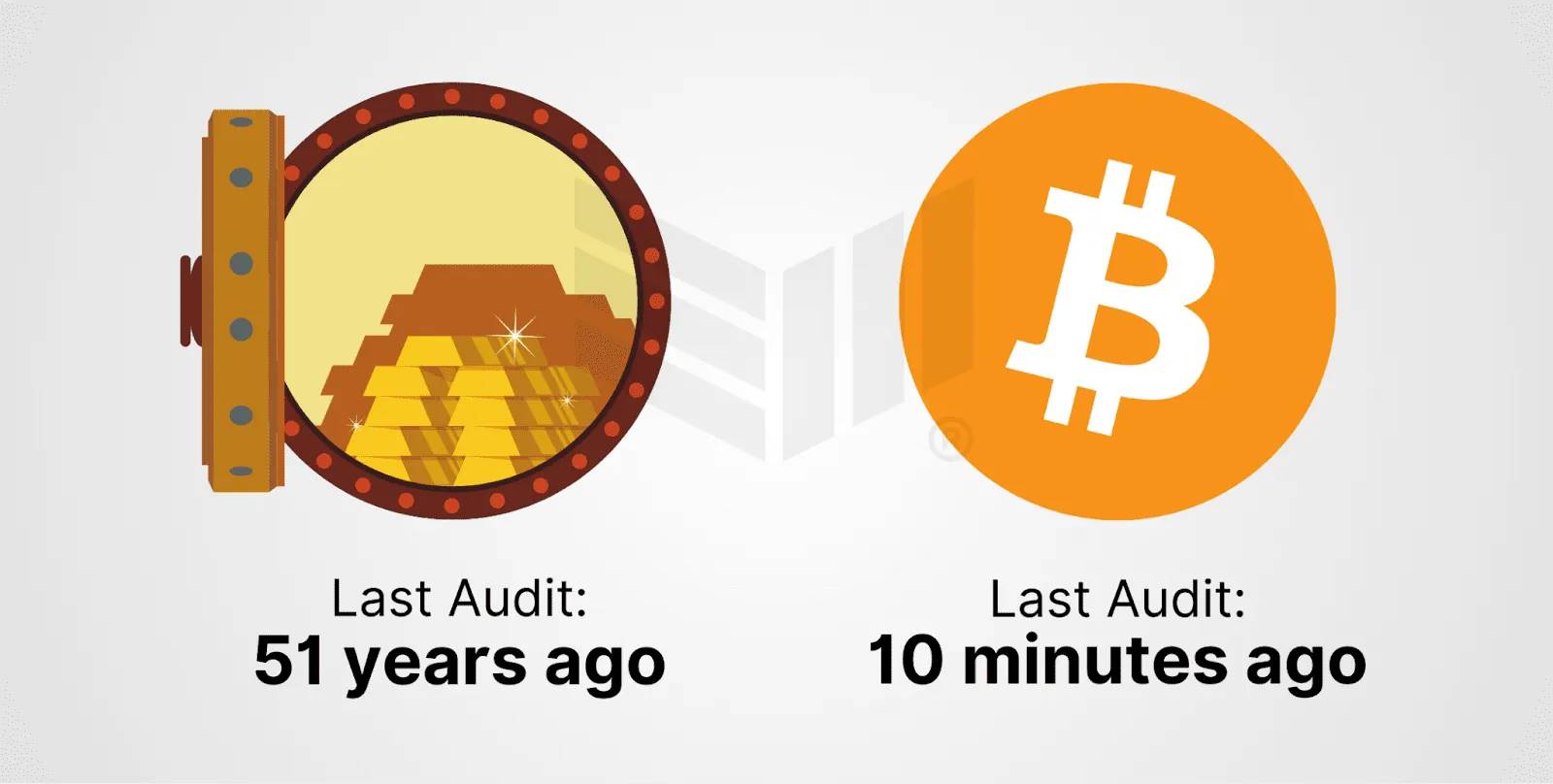
Compared to the third-party trust mechanism that traditional audits rely on, Bitcoin achieves trustless, open and transparent on-chain verification. Anyone can independently verify blockchain data in real time, and "don't trust, verify" has become the consensus principle of Bitcoin.
Portability
The portability of Bitcoin is self-explanatory. Gold is large and heavy, and requires special ships or planes to transport across borders. Bitcoin is stored in a wallet, and its "weight" is always zero regardless of the amount.
But the real advantage of Bitcoin is not its lightness, but that it does not require physical "movement". In reality, receiving a payment for gold means that you must bear the transportation costs and the trust risk of the middleman. In cross-border transactions, the third parties involved include deal makers, export logistics teams, transport personnel, consignees, and custodians, and each link is a link in the chain of trust.
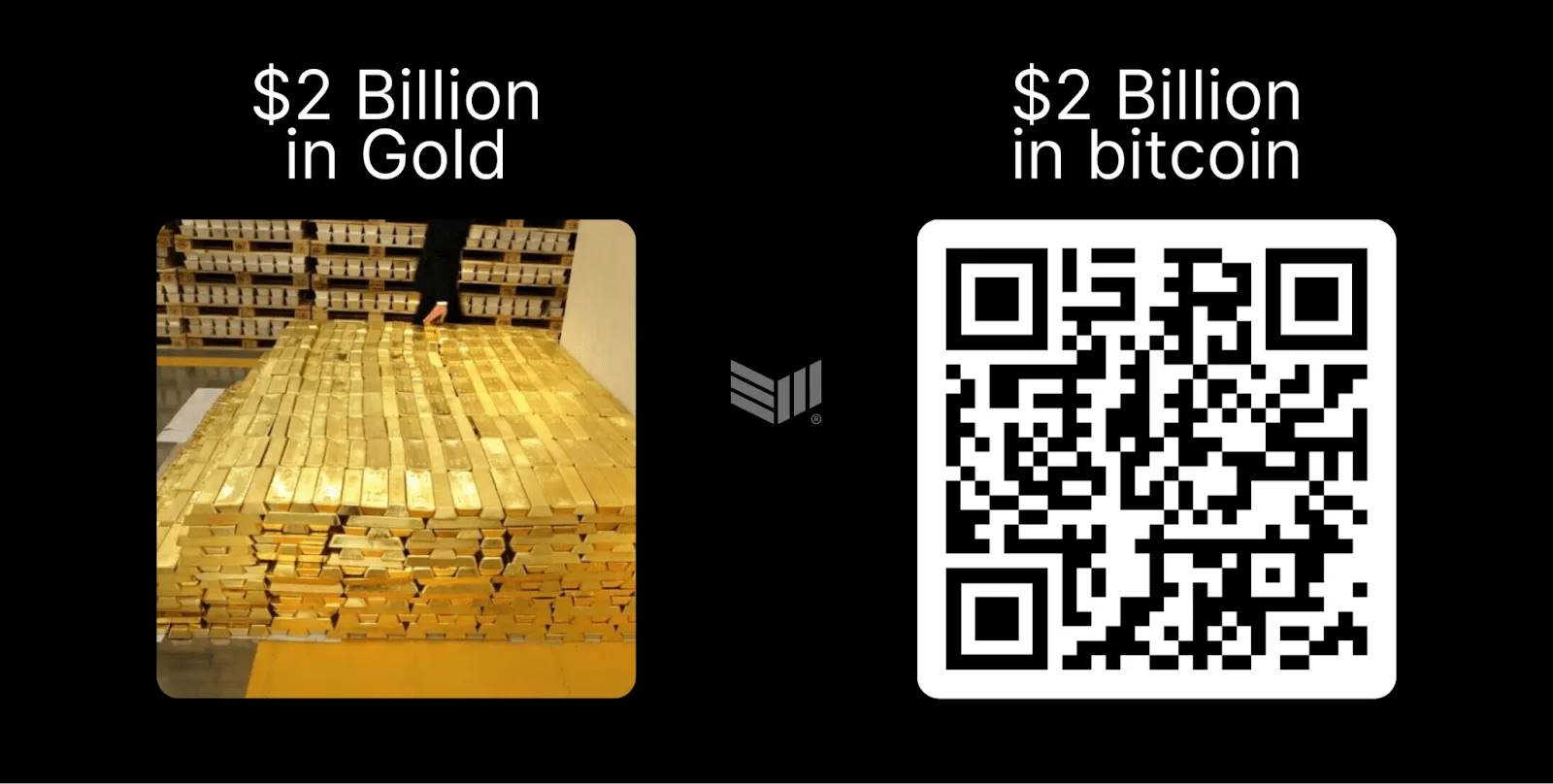
Bitcoin does not require any intermediaries. Users can complete cross-border payments directly through the blockchain, and the entire transaction is publicly verifiable, without the risk of fraud. This is the first time that humans have truly owned "electronic cash."
Conor Mulcahy of Bitcoin Magazine once pointed out: "Electronic cash is a type of currency that exists only in digital form and is used for peer-to-peer transactions. Unlike electronic money that relies on banks and payment processors, electronic cash imitates the anonymity and direct exchange characteristics of physical cash."
Before the birth of Bitcoin, peer-to-peer non-face-to-face transactions were still theoretical assumptions. Critics who believe that "if you can't see or touch it, it's not real" will eventually be phased out in this era of accelerated digitization.
Not all Bitcoin "adoption" is worth celebrating
If the goal is just to drive up Bitcoin prices, then the "digital gold" narrative is indeed effective, governments, institutions and individuals will continue to enter the market, and prices will continue to rise.
But if Bitcoin is seen as a technological revolution that changes the free order, its dissemination methods must be rethought. For Bitcoin to occupy a central position in the global financial freedom system, it is necessary to educate people who have not yet been exposed to Bitcoin and convey its uniqueness to them, rather than relying on simplified metaphors.
Bitcoin deserves to be recognized as a new form of currency, not a digital substitute for gold.
 Joy
Joy











